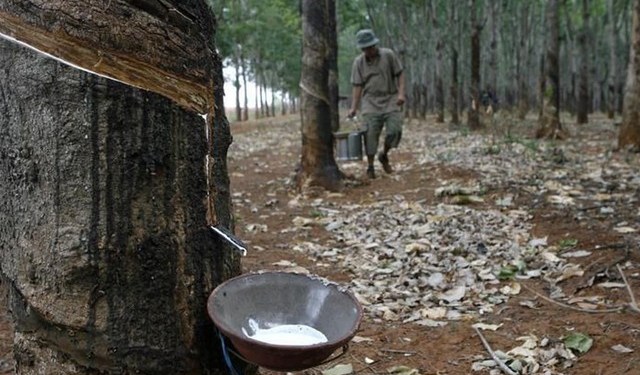Rubber climbed to a two-week high as Japan’s currency neared 100 per dollar, a level unseen since April 2009, bolstering demand for the yen-based futures.
The contract for delivery in September advanced as much as 1.9 percent to 280.8 yen a kilogram ($2,816 a metric ton), the highest level since March 28. Futures traded at 279.9 yen on the Tokyo Commodity Exchange at 10:31 a.m., paring this year’s losses to 7.4 percent.
The yen came under pressure amid speculation money will flow out of Japan in search of higher yields as the nation’s central bank eases monetary policy to spur inflation. The currency also declined as minutes of the Federal Reserve meeting in March showed several officials said the central bank should begin tapering its quantitative easing program later this year.
“The currency market gave the largest support to rubber futures,” Kazuhiko Saito, analyst at broker Fujitomi Co. in Tokyo, said by phone today.
Futures also advanced amid expectations top producers may take additional measures to support prices, he said. Thailand, Indonesia and Malaysia, which represent 70 percent of global rubber output, are holding a three-day meeting through tomorrow.
Thailand, the biggest supplier of rubber, plans to increase domestic demand to bolster local prices, deputy farm minister Yuttapong Charasathien said yesterday.
Thai rubber free-on-board was unchanged at 82.25 baht ($2.83) a kilogram yesterday, according to the Rubber Research Institute of Thailand. The price touched 81.75 baht on April 5, the lowest level since November 2009.
On the Shanghai Futures Exchange, the contract for September delivery added 0.7 percent to 21,980 yuan ($3,548) a ton.
Source: Bloomberg



























